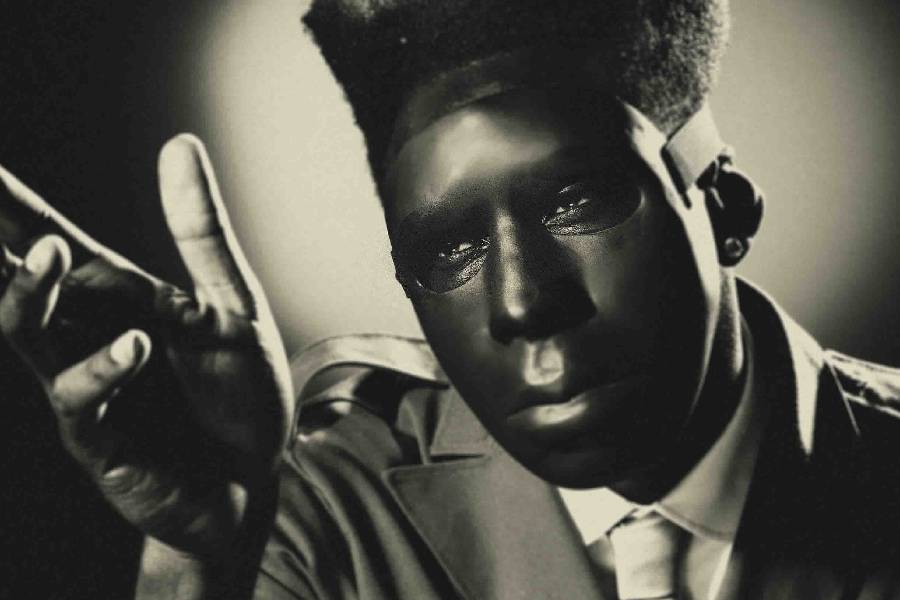Bruce Springsteen released his 20th album, “Letter To You,” composed of tracks both old and new. Nine of the songs were written this year, while three were written back in the 1970s. Despite the tracks being written at different points in time, the lack of distinction in sound among the tracks demonstrates how Springsteen’s music has remained static over the years.
The most prominent part of “Letter to You” is the themes Springsteen explores. Having started his music career in the 1960s, he has experienced much in life, and each of his songs reflects upon his experiences. But instead of looking back and remarking on the lessons he’s learned or his glory days, he only seems obsessed with the concept of time. The song “Last Man Standing” focuses on Springsteen’s fixation with life’s ticking clock. As Springsteen remarks, “You count the names of the missing as you count off time.” Though these lyrics are poetic, he says nothing impactful about the people he’s singing about, and the song comes across as an old man rambling.
Moreover, Springsteen does not create engaging instrumentals for any of the tracks. Springsteen’s earlier albums helped craft the rock‘n’roll sound associated with the classic hit albums “Born To Run,” “The River” and “Born In The U.S.A.” Instead of supporting his vocals with a keyboard, heavy electric guitar or saxophone, Springsteen relies too much on an unenthusiastic guitar and classical piano. As a result, “Letter To You,” while clearly Springsteen, feels empty and flat compared to his earlier works.
The tempo of a song affects a person’s emotions in different ways. The tempos on this album are leisurely and have lower energy, which greatly impacts the listener. The slow, similar tempos prevent any of the tracks from standing out and make the middle songs seem to run into one another.
The one exception to the album’s sluggish music is “One Minute You’re Here.” The track draws heavily on country influences, with a subdued piano, light acoustics and soft, warm percussion. Springsteen switches out his husky, gruff voice for a sweet country yodel.
This light tune is a pleasant divergence from Springsteen’s classic rock sound, but it is the only track on the album to do so. The other 11 songs follow no consistent structure and offer nothing to seize the listener. Song structures are important because they create a balance for the listener. Structures such as ABABCB are reliable and functional. But the tracks on this album follow no consistent structure whatsoever. “Last Man Standing” has three back-to-back verses before the chorus of the song is introduced. The song “House Of A Thousand Guitars” is nine stanzas with no chorus. By not sticking to consistent structures — or even any structure, in some instances — attempting to follow the songs grows tiresome for the listener and makes listening through the album a chore.
Upon the announcement of this album, the 71-year-old singer-songwriter remarked, “We made the album in only five days,” and unfortunately, that haphazard production comes through. The album offers no lasting form of expression nor sound for Springsteen, leaving listeners yearning for his classic rock sound through a majority of the tracks. Springsteen may have made loyal fans happy with “Letter To You,” but he doesn’t dare to offer anything new. This album merely adds quantity — but not quality — to Springsteen’s sizable discography.




















